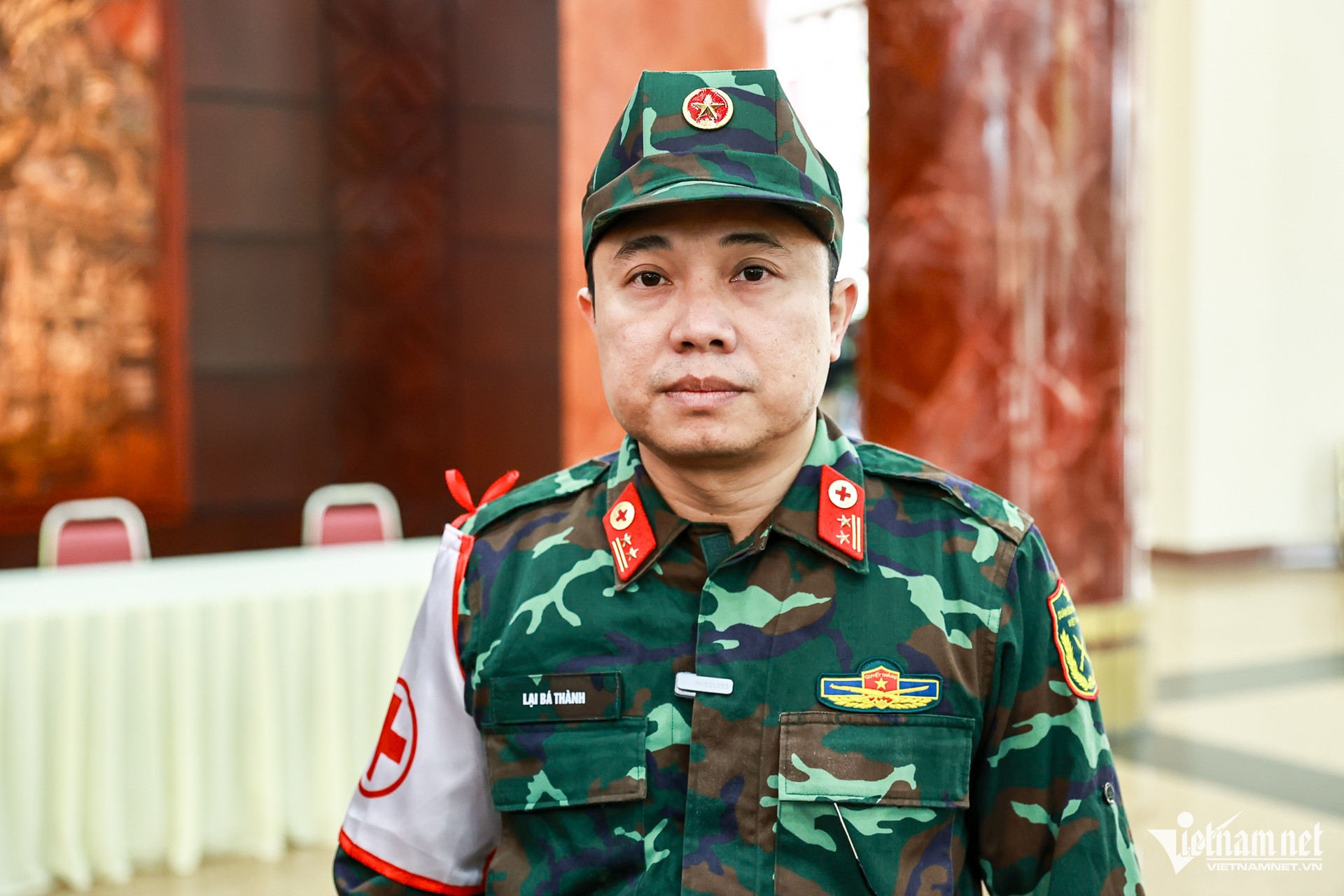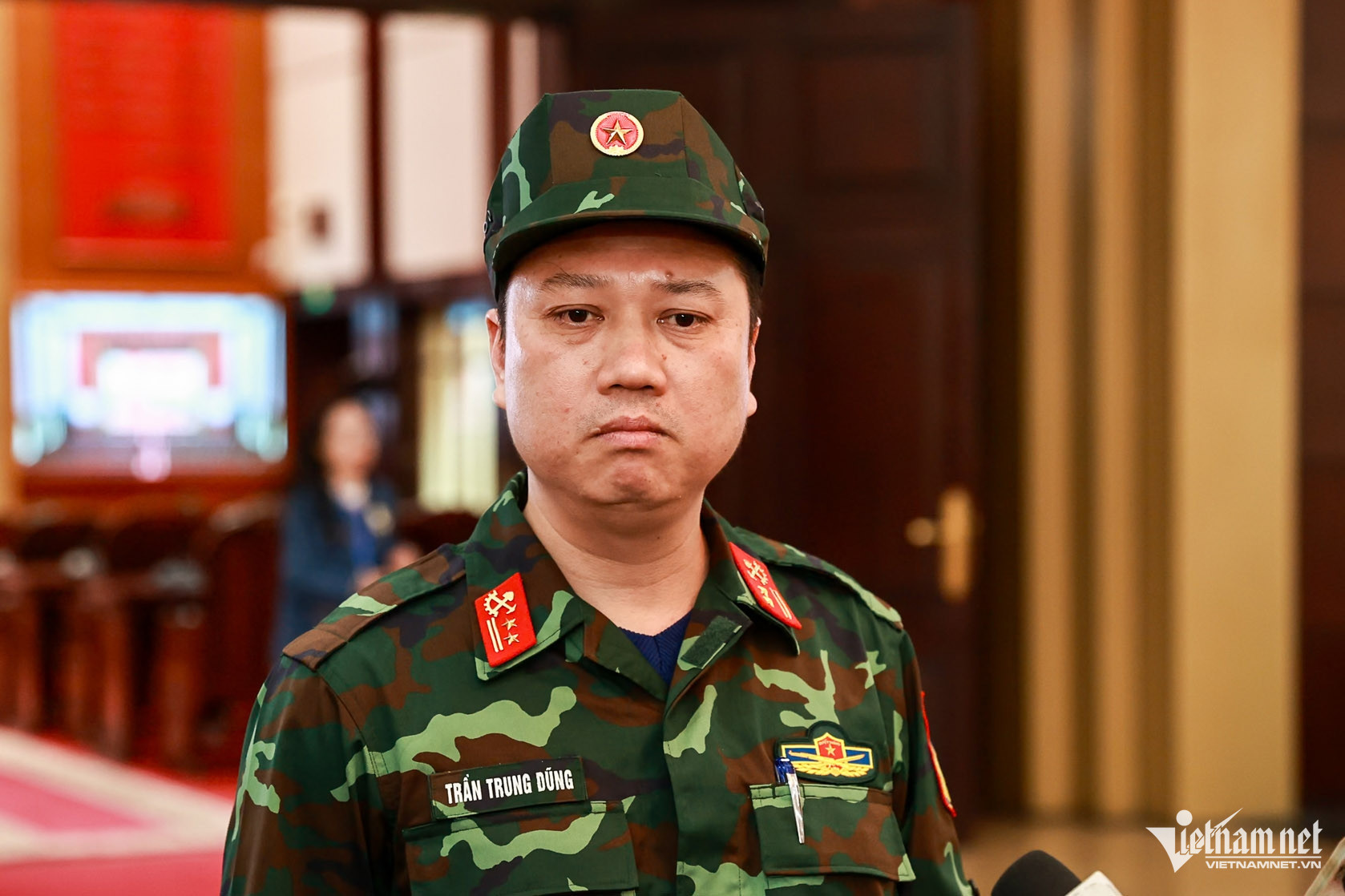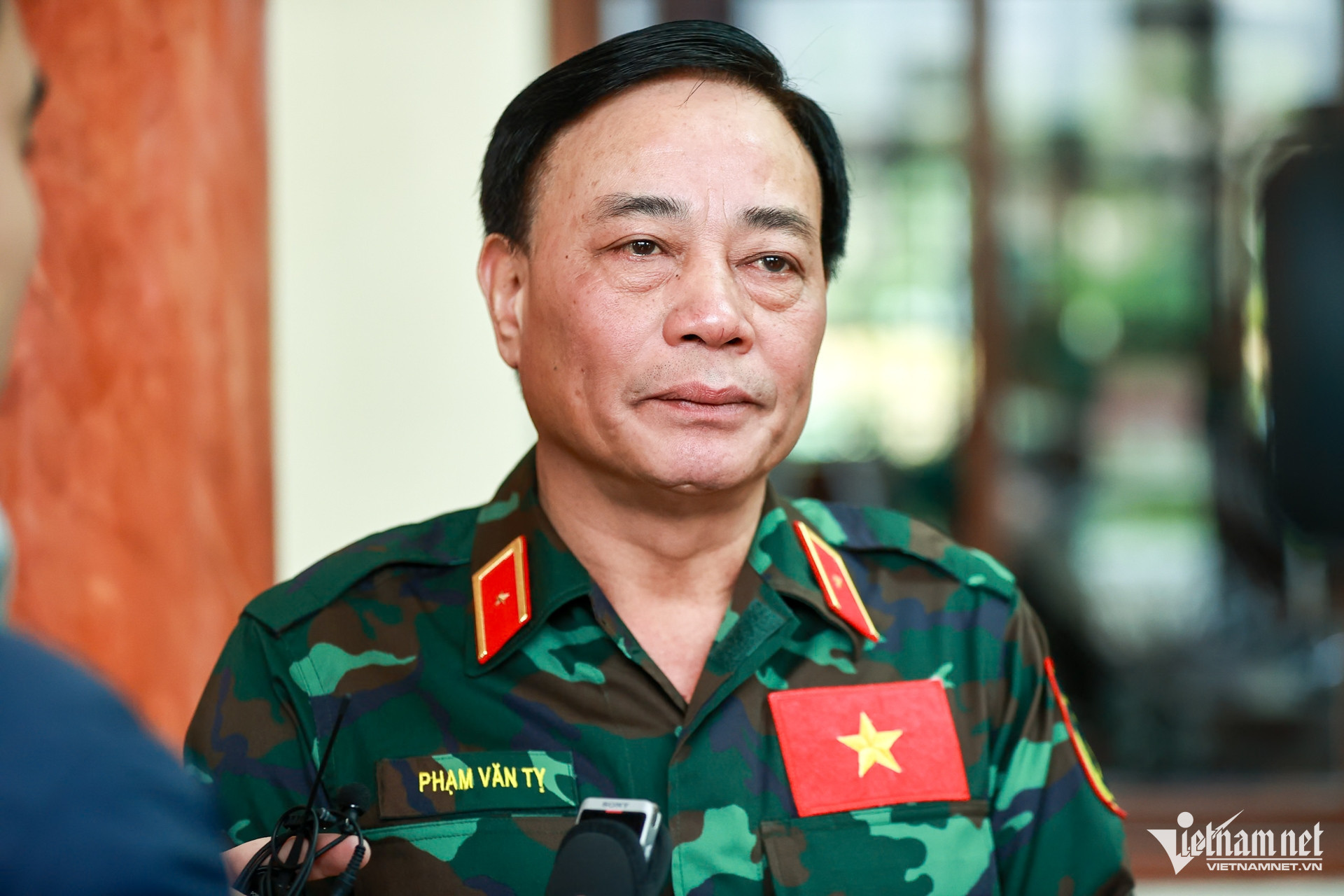According to Major General Pham Van Ty, Deputy Director of the Department of Search and Rescue, the mission to locate victims beneath the rubble in Myanmar is carried out with the mindset that “we are searching for our own loved ones, treating them as our own people, our own nation.”

Throughout its history, the Vietnamese military has repeatedly sent officers and soldiers abroad on humanitarian missions, offering aid to people in need across various countries and regions.
The devastating earthquake that struck Myanmar four days ago has plunged the already conflict-ridden nation into deeper tragedy. In response, many countries and international organizations have mobilized forces, equipment, and resources to assist in relief efforts.
With search and rescue operations being a race against time, Vietnam immediately dispatched 100 military and police officers to support Myanmar in recovery efforts. Within less than a day of receiving the directive from the Ministry of National Defense, the military’s rescue team was assembled and ready to go. Despite coming from various units, all 80 military personnel expressed determination and pride in undertaking this noble mission.
The medical corps, consisting of 30 members, was tasked with search and rescue, initial first aid, and the transport of deceased victims.
Lieutenant Colonel Lai Ba Thanh, a hepatobiliary surgeon at Military Hospital 103 under the Military Medical Academy, said this was the second overseas rescue mission for the Vietnamese military medical team, following their earlier deployment to Turkey.


“At 3 p.m. on March 29, we received our orders and immediately prepared personnel and equipment. This mission differs from Turkey’s in that we were mobilized earlier and face greater danger. Although Myanmar is an ASEAN country, its terrain and weather conditions are distinct, and its political situation is complex,” Lieutenant Colonel Thanh explained.
As military doctors, personnel like Lieutenant Colonel Thanh shoulder a dual responsibility: ensuring health and safety while fulfilling military obligations. In addition to medical and survival skills, they must also be proficient in search and rescue operations and collaborate effectively with other units.
Lieutenant Colonel Tran Trung Dung, Deputy Chief of Staff of Brigade 229 from the Army Corps of Engineers, noted that immediately after the disaster, the engineering unit anticipated that Myanmar would require assistance and mentally prepared for deployment.
All 30 engineers selected were highly skilled, physically fit, and many were fluent in English to facilitate international coordination. Some had previous experience in search and rescue missions and had participated in UN peacekeeping operations.
“Our team members possess excellent moral character, professional expertise, and can effectively operate multiple specialized devices. Veterans of the Turkey mission also briefed the team to share practical experience,” Lieutenant Colonel Dung said.
Vietnamese engineers are equipped with compact, high-precision tools, such as scanners capable of detecting victims 15 meters away or behind 10-centimeter-thick walls.
Four coordinated rescue units

Major General Pham Van Ty, who has experience leading rescue operations in Turkey, serves as the overall commander of the mission. Before departure, he emphasized the goal: “By every means and using all our experience, we must locate as many victims as possible, especially survivors.”
“This is a deeply painful disaster for our neighboring country. Every member of the Vietnamese rescue team sees this mission as a sacred duty - searching through the rubble as though we were looking for our own family, treating the people there as our own,” he stated.
Major General Ty acknowledged challenges such as language barriers and the lack of on-site surveys to assess the terrain. Additionally, the threat of aftershocks remains a serious concern.
He underscored the proactive mindset of the rescue force: “We don’t just stand back and observe - we’re ready to face whatever dangers may arise.”
 |
 |

The command unit will oversee the entire operation, while search dogs will play a vital role in locating both survivors and deceased victims. Once victims are located, engineering teams will use advanced equipment like wall-penetrating radar to pinpoint exact locations. After extraction, the military medical team will provide emergency treatment and care. Their training in both internal and external medicine ensures they can handle all critical situations on the spot.
Drawing on the Turkey mission experience, Major General Ty recalled that Vietnamese medics also treated injured personnel from other countries, offering free medications and first aid.
Senior Lieutenant General Hoang Xuan Chien, Deputy Minister of National Defense, personally saw off the rescue delegation at the airport. He remarked that Myanmar is counting on international support, including assistance from Vietnam. Every individual in the Vietnamese military rescue team had thoroughly prepared and demonstrated strong commitment ahead of deployment.
Tran Thuong - Pham Hai